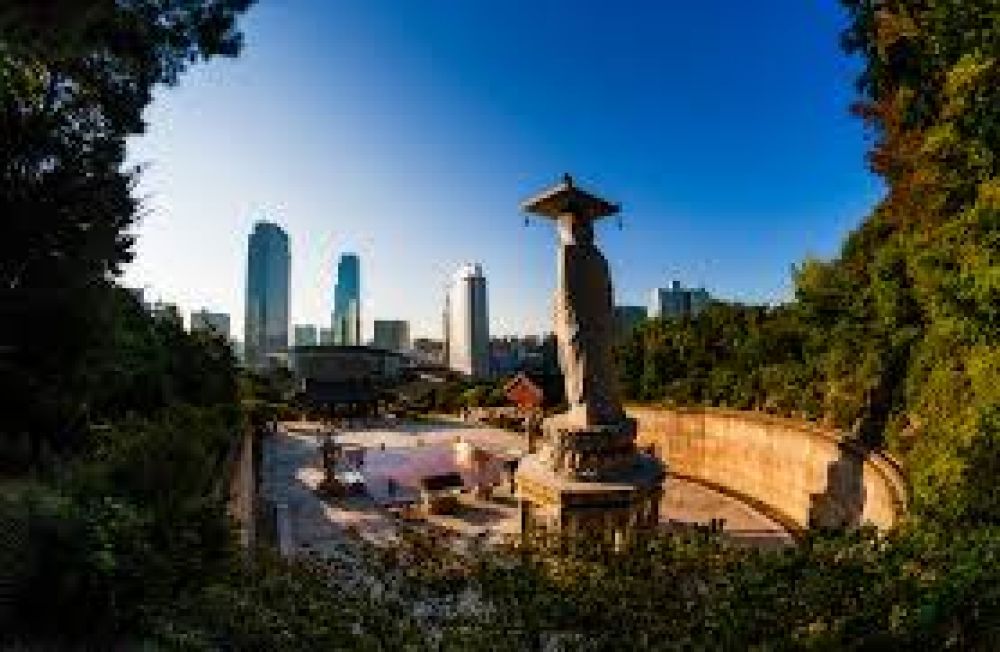

Bongeunsa Temple, situated in the heart of Seoul, South Korea, has been a significant site of spiritual practice and cultural heritage for centuries. Founded in the Shilla Kingdom in 794 by the monk Yeonhoe, Bongeunsa has evolved throughout its history. Originally named Gyeonseongsa, it was renamed as Bongeunsa during King Myeongjong's reign in the mid-16th century. Throughout the years, the temple has undergone numerous restorations and expansions, notably during the Joseon Dynasty, reflecting the ebb and flow of Buddhism's prominence in Korean society.
Despite its urban surroundings, Bongeunsa has retained its tranquil atmosphere and charm, emerging as a popular destination for both pilgrims and tourists. The temple's history intertwines with Korea's tourism development, which gained significant momentum in the 1960s and 1970s, as the country began promoting cultural heritage sites to international visitors.
Modern tourism at Bongeunsa Temple has been characterized by its emphasis on cultural experience and spirituality. Visitors are not just drawn to its historical structures, such as the majestic Maitreya Buddha statue, but also to the temple's rich schedule of cultural programs. Programs such as temple stays, meditation sessions, and tea ceremonies provide a unique insight into the Korean Buddhist tradition and lifestyle.
With the rise of digital technology and social media, the temple has also become a popular backdrop for photography enthusiasts, making it a hotspot for Instagram-worthy snapshots. This digital allure combined with its traditional serenity attracts a diverse range of visitors from around the world.
One of the latest trends in tourism at Bongeunsa is the increasing interest in wellness tourism. In a fast-paced city like Seoul, Bongeunsa offers a peaceful escape where visitors can indulge in health and wellness activities rooted in Buddhist teachings and practices.
Another trend is the growing demand for experiential and educational travel. Visitors are looking to engage more deeply with the culture and history of the places they visit. Bongeunsa accommodates this desire through its various cultural and educational programs for both Korean and foreign visitors.
Furthermore, as sustainable tourism becomes more prominent, Bongeunsa Temple is positioning itself as a sustainable destination. Efforts are made to preserve the historical site and its environment, while also educating visitors about conservation and respect for cultural heritage.
In summary, Bongeunsa Temple's history as a tourist destination has evolved over the years, becoming a place where the serenity of ancient traditions meets the curiosity of the modern traveler. With its continued commitment to providing a meaningful and sustainable cultural experience, Bongeunsa remains an essential part of Seoul's tourism landscape.